When you think about it, there’s something quite miraculous about propagation. Just when you think you’ve got the best out of a plant, a small cutting and some clever planting can help birth a new one.
Simple acts like this one are particularly important as the weather gets colder. On these brisk November days when the long nights are drawing in, propagation is a reminder that, in the world of nature, life always spring anew.
When it comes to deciding what to propagate, however, the time of year really does matter. That’s why we’ve consulted Julian Palphramand, Head of Plants at British Garden Centres, for his expert advice.
What to Read Next
“November is a wonderful time to try growing new plants from cuttings, even if you’re a complete beginner,” Julian says. “Many plants are entering their winter rest, which makes this the perfect moment to take hardwood cuttings.”
Read of for Julian’s advice on what to plant, plus some top tips for a successful propagation…
What to propagate in November Currants 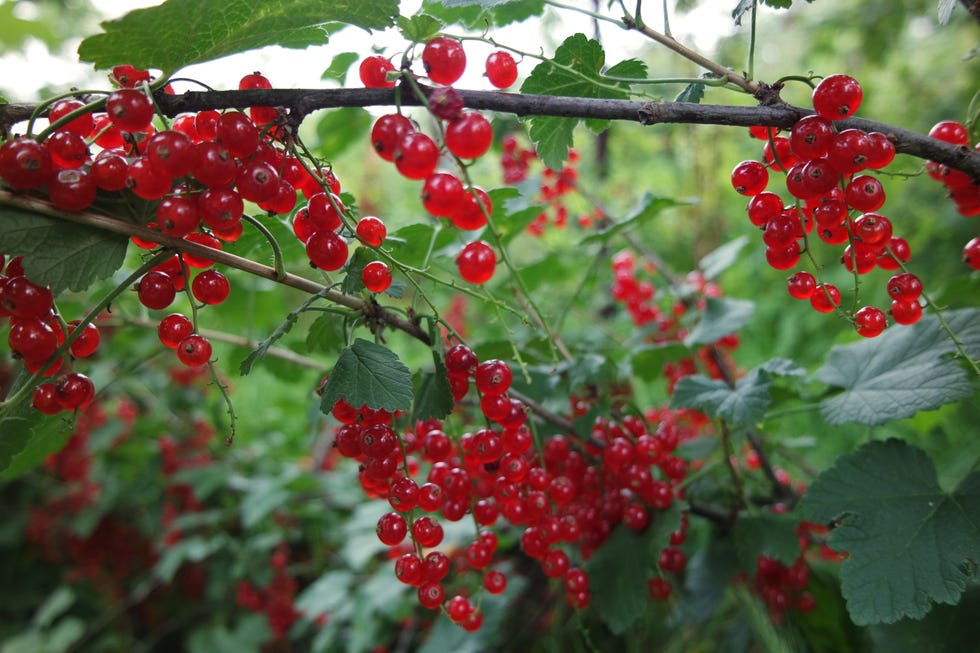
Elif Ozlem Celikler/Anadolu Agency via Getty Images
If you’re looking for a quick win, Julian tells us that currant plants are a particularly popular choice this time of year. He recommends blackcurrants, white currants and redcurrants in particular.
Here, Julian suggests cutting “a healthy, thick woody stem that is about a foot long. Snip just below the bump on the stem and take off any leaves near the bottom. Pop it into some moist soil outside in a sheltered spot or a cold frame. Keep it watered but not soggy, and cover with mulch if it gets really frosty.”
Roses 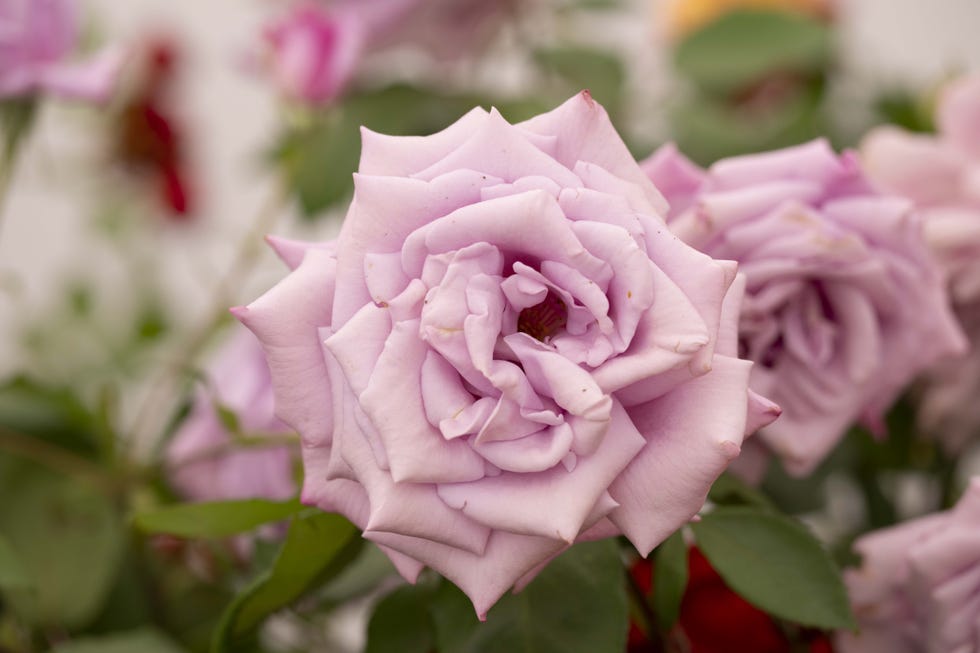
Rasid Necati Aslim/Anadolu Agency via Getty Images
Roses are another popular option in November and, according to Julian, they’re relatively easy to propagate.
Here, Julian recommends choosing “a stem about 6–8 inches long from a rose bush that isn’t flowering. Take off the lower leaves, dip the cut end in rooting powder, and stick it into a pot with light, gritty compost. Keep it somewhere cool and sheltered, water now and then, and be patient.”
Lilac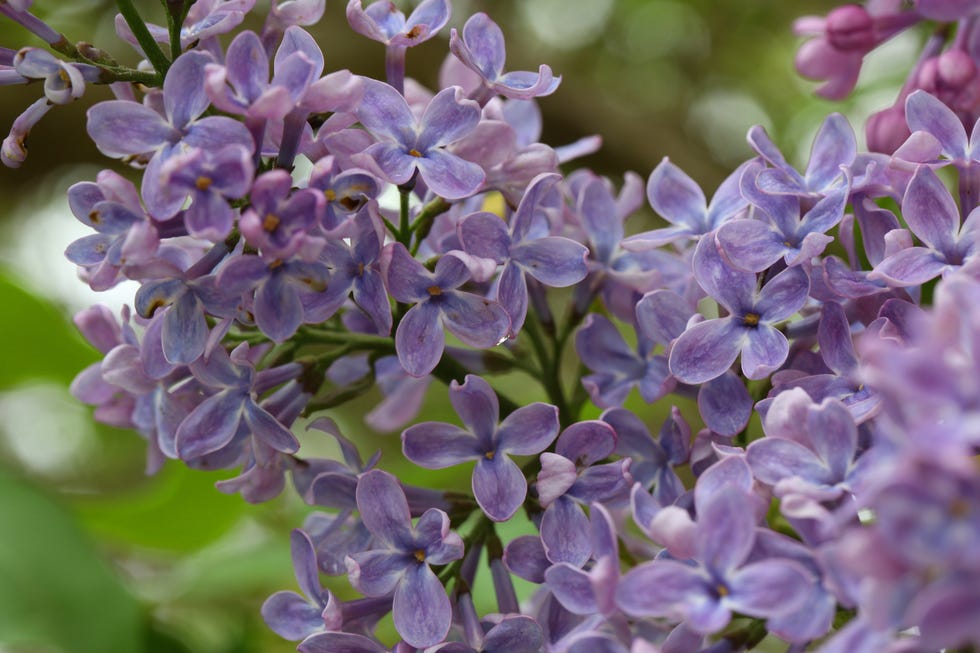
Creative Touch Imaging Ltd./NurPhoto via Getty Images
Lilac shrubs are another fantastic option and Julian, in particular, recommends Philadelphus and Syringa lilac.
Here, Julian suggests finding “a woody stem about the same girth as a pencil, 6–8 inches long, from a healthy lilac shrub. Cut just below a bud, strip off the lower leaves, and plant it deeply in the soil or a pot. Water it lightly and keep it protected from strong winds and frost.”
Phlox
DEAGOSTINI/GETTY IMAGES
If you’re a lover of perennials, Julian tells us that phlox is a particularly good option for November.
Similar to roses, Julian suggest you start by taking “a woody stem about 6–8 inches long from a healthy phlox plant. Cut just below a bump and remove the leaves from the lower half. Plant it in moist soil or a pot in a sheltered spot. Keep it watered and the roots will grow under the soil during winter.”
Verbascum
Stanzel/ullstein bild via Getty Images
Another perennial that deserves your attention is verbascum. “It’s a tough plant and will usually root over winter without fuss,” says Julian.
Here, Julian recommends taking “a woody stem around 6 inches long. Cut just below a bud, remove lower leaves, and plant it in well-drained soil or a pot. Keep it in a cool, sheltered place and water lightly.”
Hardy Geraniums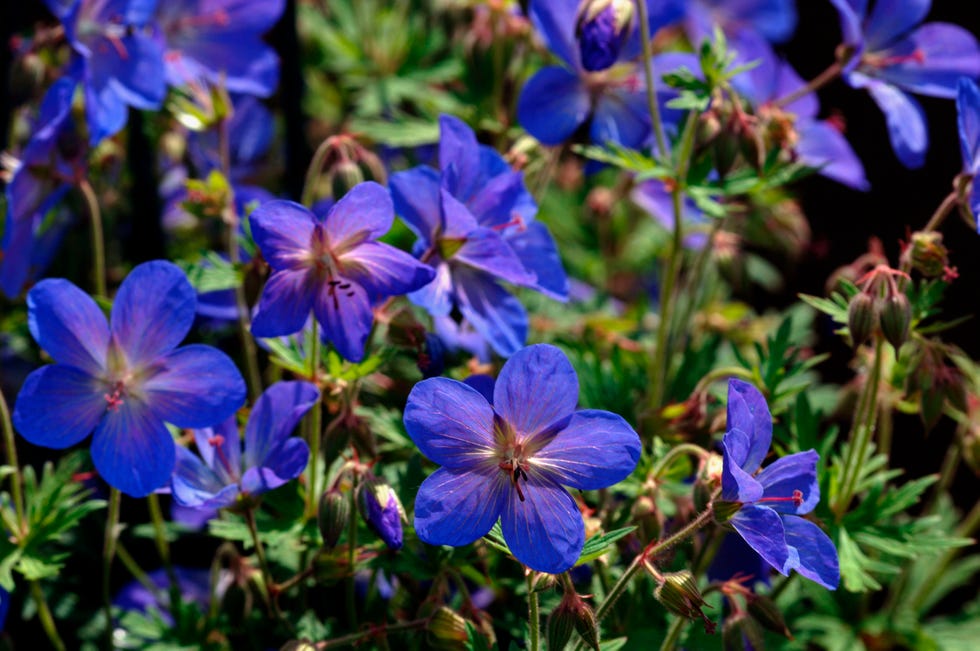
Universal Education/Universal Images Group via Getty Images
Finally, Julian recommends hardy geraniums for propagation. “With a bit of patience, roots will form over the winter, and you’ll have new plants to enjoy,” he says.
Here, he suggests cutting “a sturdy stem 4–6 inches long, take off leaves near the bottom, and plant it in moist soil or a pot. Find a shady, calm spot for it and water now and then.”
Pruning essentials McGregor McGregor Bypass Secateurs Pruner
McGregor McGregor Bypass Secateurs Pruner Standard Straight Grass, hedges & shrubs Shears
Standard Straight Grass, hedges & shrubs Shears Burgon & Ball Burgon & Ball Love the glove Polyester Red Gardening gloves Medium, Pair
Burgon & Ball Burgon & Ball Love the glove Polyester Red Gardening gloves Medium, Pair

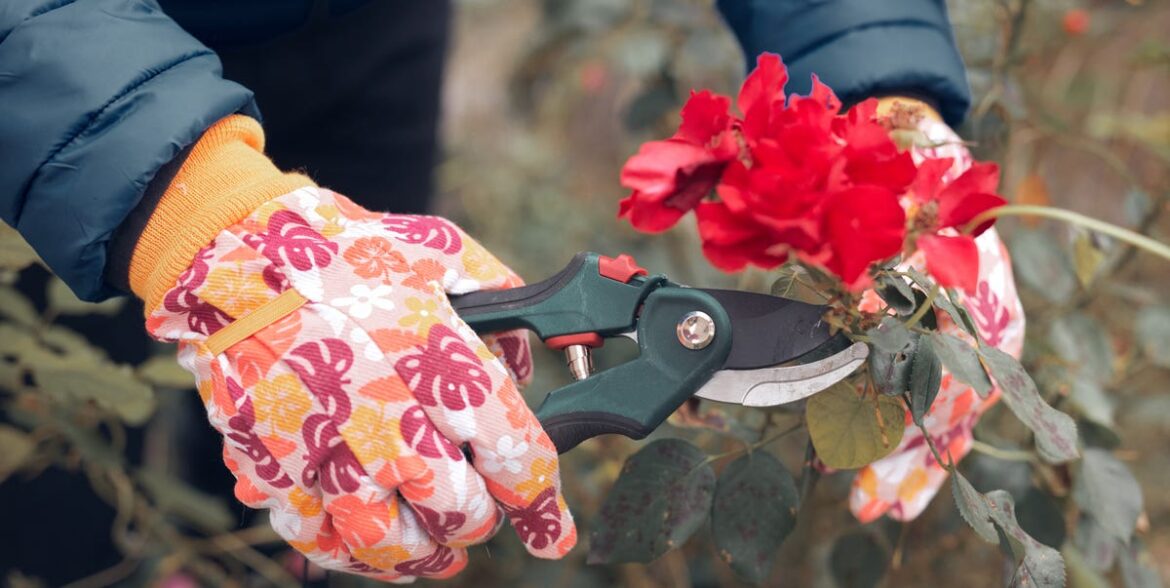

Comments are closed.